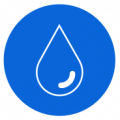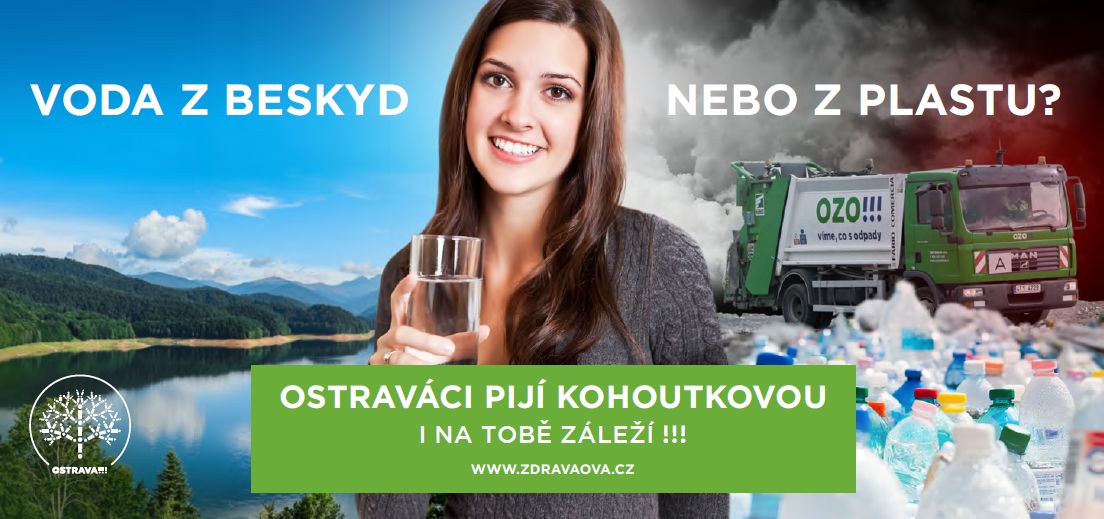Tap water vs. bottled water
 YOU CAN MAKE A DIFFERENCE!
YOU CAN MAKE A DIFFERENCE!
 YOU CAN MAKE A DIFFERENCE!
YOU CAN MAKE A DIFFERENCE!
How much bottled water do we drink?
According to the London-based newspaper The Guardian, a million plastic bottles are consumed worldwide every minute, and this number is expected to rise 20% by 2021. Those are frightening figures. It appears that bottled water (and other drinks) are still considered something that we can’t manage without. According to Euromonitor, over 20 000 plastic bottles are produced every second.
How do we sort plastic waste, and how can we avoid producing it?
99% of the Czech population have access to waste sorting facilities, and 72% of people sort their waste. The volume of sorted waste is growing every year.
Ostrava is no exception: in 2017 we sorted 4 174 tonnes of plastics (from a total 112 570 tonnes of household waste). Although this is only 4% of the total, it still represents more than 13 kg of plastics per person per year. We can help reduce this figure by not drinking bottled water and instead enjoying Ostrava’s wonderful tap water.
Advantages of Ostrava’s tap water
- it tastes great
- the quality is excellent (it meets all legal requirements of drinking water, including the preparation of baby formula)
- it is ultra-fresh
- it is not expensive
Tap water costs
- 1 m3 of water in Ostrava costs 37.65 CZK (price in 2018)
- 1 m3 = 1000 l
- 1 l of tap water costs 0.0376 CZK; so 1.5 l of tap water costs less than half a crown (0.0564 CZK to be precise) – compared with bottled water, which costs around 7 CZK for 1.5 l (depending on type/brand)
- so if you drink 1,5 l of tap water a day, you will pay just 21 CZK per year; for bottled water you will pay around 2 555 CZK, in other words 120 times more (depending on type/brand)! That’s something to think about…
Disadvantages of bottled water
- there is a long delay between bottling and consumption
- there is a risk of bacteria if not stored properly
- ecological burdens of making plastic bottles and disposing of them
- ecological burdens of transporting bottles
- bottled water is expensive




